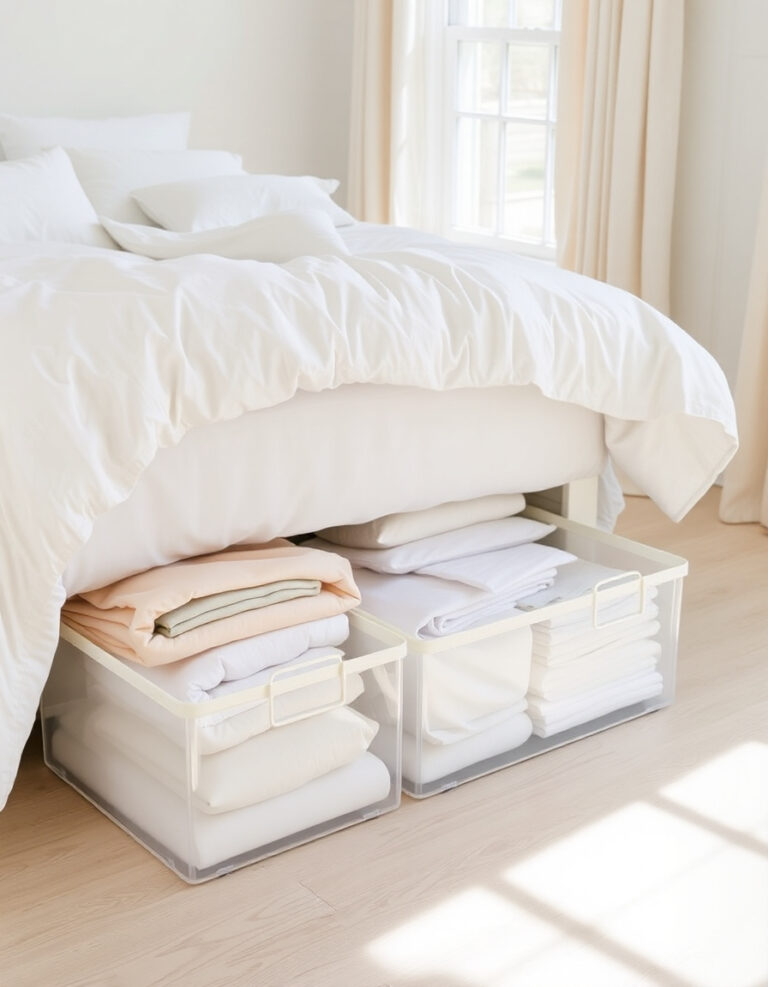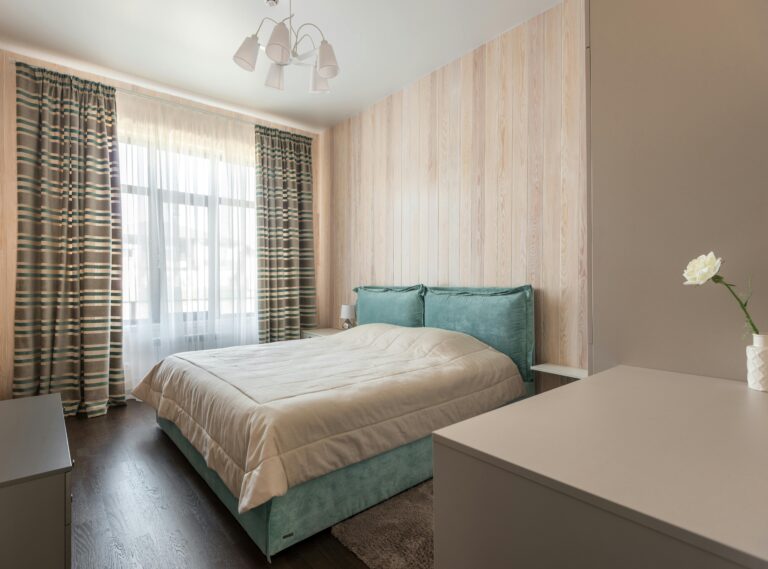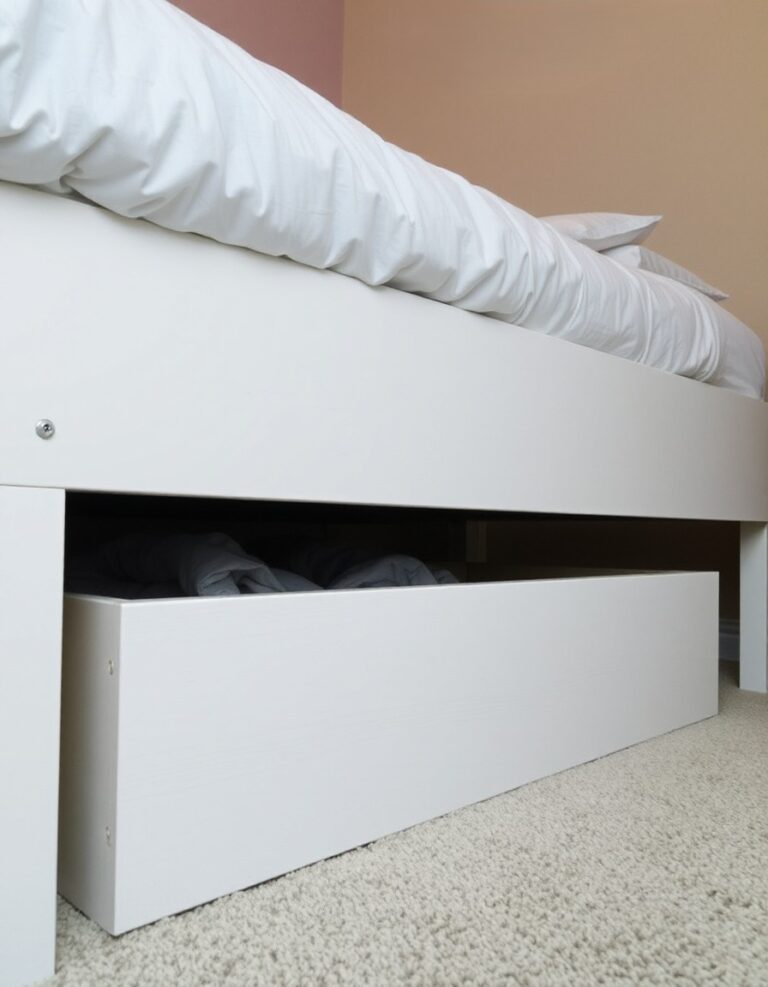You open your closet door and feel that familiar wave of frustration wash over you. Clothes are crammed together so tightly you can’t find anything. Items fall off hangers when you try to pull something out. Your favorite shirt is somewhere in that chaotic mess, but good luck finding it before you’re late for work.
If this scenario sounds painfully familiar, you’re not alone. Small closets are one of the most common storage challenges in modern homes, whether you’re dealing with a tiny apartment, a cramped bedroom, or just poor closet design. The good news? You can transform even the smallest closet into an organized, functional space that actually works for your lifestyle.
This guide will walk you through a system for maximizing every inch of your limited closet space. By the end, you’ll have a clear plan to create a closet that not only holds more clothes but also helps you find what you need in seconds.
What You’ll Need: Essential Tools and Materials
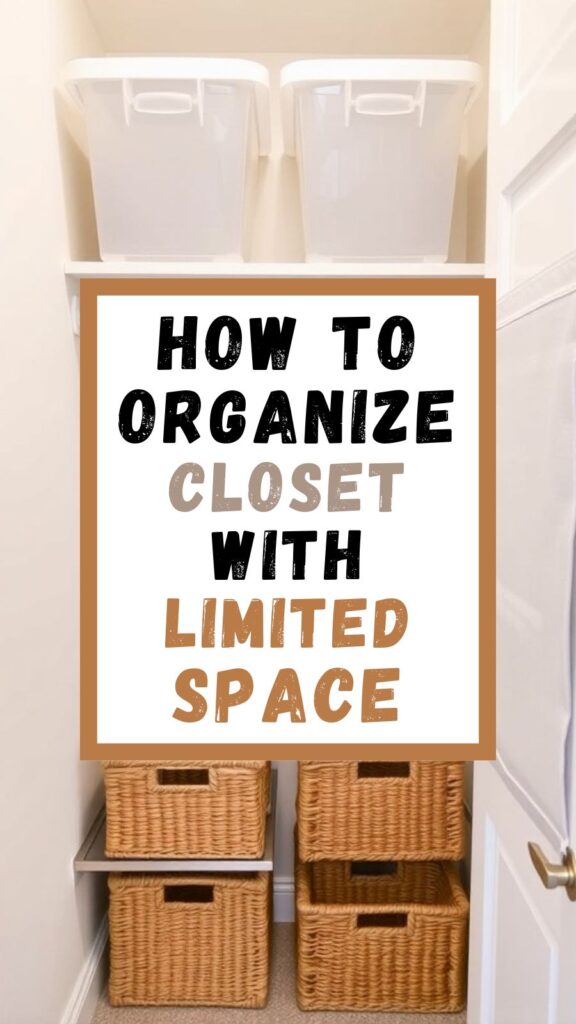
Before diving in, gather these items to make the process smooth and efficient:
Basic Organization Supplies:
- Measuring tape
- Multi-level hangers (save 5x the space)
- Slim velvet hangers (take up 50% less space than plastic)
- Clear storage bins or boxes (3-4 different sizes)
- Over-the-door shoe organizer
- Shelf dividers or small baskets
- Labels and a label maker or permanent marker
Optional Space-Maximizing Tools:
- Tension rods (for creating additional hanging space)
- Stackable drawers or cubes
- Vacuum storage bags for seasonal items
- Small hooks for accessories
- Cascading hangers for pants or skirts
Time Investment: Plan for 3-4 hours for a complete closet overhaul. You can break this into smaller sessions if needed.
Step-by-Step Closet Organization Process
Step 1: Empty Everything and Assess Your Space
Start with a completely empty closet. Remove every single item – clothes, shoes, accessories, and any existing storage solutions that aren’t working.
Measure your closet dimensions: height, width, and depth. Take photos of the empty space to reference later. This step reveals the true potential of your closet and helps you plan the best layout.
Also Read: How to Remove Musty Smell from a Bedroom: 7 Methods That Make the Difference
Step 2: Sort and Declutter Ruthlessly
Create four piles on your bed:
- Keep: Items you’ve worn in the last year that fit well
- Donate: Good condition items you haven’t worn in 12+ months
- Seasonal Storage: Items for different seasons (if you have external storage)
- Trash: Damaged items beyond repair
Be honest during this process. If you haven’t worn something in over a year, you probably won’t miss it. Aim to reduce your clothing by 20-30% to create breathing room in your small space.
Step 3: Categorize What You’re Keeping
Group your “keep” pile into categories:
- Work clothes
- Casual everyday wear
- Exercise clothing
- Special occasion outfits
- Undergarments and sleepwear
- Accessories and shoes
This categorization will guide where everything goes in your newly organized closet.
Step 4: Plan Your Closet Layout for Maximum Efficiency
Think of your closet in three zones based on accessibility and frequency of use.
Upper Zone Strategy: Place items you access less frequently in the hardest-to-reach areas. Store these in clearly labeled containers to maximize the space and make retrieval easier when needed.
Prime Real Estate (Eye Level): Reserve this premium space for your most-used items. Everything you reach for daily should live in this zone for effortless access.
Lower Zone Approach: Utilize this area for items that benefit from hanging length or can be easily accessed from a crouching position. Consider the natural flow of how you get dressed when deciding what goes where.
Step 5: Install Space-Maximizing Solutions
Double Your Hanging Space: Install a tension rod below your existing rod to create two levels.
Maximize Vertical Space: Use shelf dividers to create compartments for folded items. Stack similar items together but keep stacks no higher than 12 inches to prevent toppling.
Utilize Door Space: Mount an over-the-door organizer for shoes, accessories, or small items. This often-wasted space can hold 20+ pairs of shoes or countless accessories.
Step 6: Implement Smart Folding and Hanging Techniques
The File Folding Method: Fold casual wear vertically so they stand up like files in a drawer. This method lets you see everything at once and uses 40% less space than traditional stacking.
Strategic Hanging:
- Use slim velvet hangers exclusively – they prevent clothes from slipping and take up minimal space
- Face all hangers in the same direction for a cleaner look
- Group similar items together (all button-downs, all dresses, etc.)
- Use cascading hangers for pants to fit 5 pairs in the space of one
Step 7: Create Designated Homes for Everything
Every item needs a specific, logical place:
- Daily essentials: Prime real estate at eye level
- Work clothes: Grouped together for easy outfit planning
- Shoes: In clear boxes or door organizers, with one shoe facing forward for easy identification
- Accessories: Small bins or hooks to prevent tangling
Read More: How to Arrange Bedroom Furniture to Open Up Your Space
Common Mistakes to Avoid
Mistake #1: Buying Storage Solutions Before Decluttering
Many people rush to buy organizers before editing their wardrobe. This leads to organizing clutter instead of creating functional space. Always declutter first, then buy storage solutions based on what you actually need to store.
Mistake #2: Creating Overly Complex Systems
Complicated organization systems fail because they’re too hard to maintain. If you can’t put something away in under 30 seconds, the system is too complex. Keep it simple with clear categories and easy access.
Mistake #3: Ignoring Your Daily Habits
Don’t fight your natural tendencies. If you always throw dirty clothes on a chair, put a small hamper there instead. If you never hang up pajamas, create an easy drawer spot for them. Work with your habits, not against them.
Troubleshooting: When Things Don’t Go as Planned
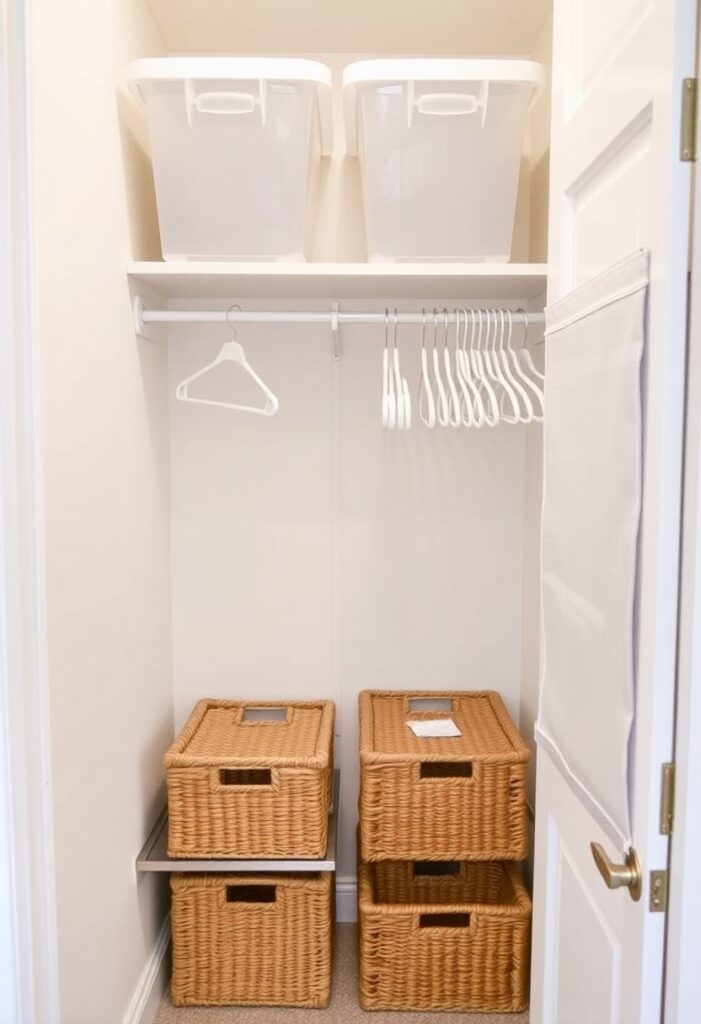
Problem: Items Keep Falling Off Shelves
Solution: Your stacks are too high or shelves too deep. Limit folded stacks to 8-10 items maximum and use shelf dividers to create boundaries.
Problem: Can’t Find Anything Despite Organization
Solution: Your categories might be too broad. Create more specific groupings and ensure similar items are always stored together.
Problem: System Falls Apart After a Few Weeks
Solution: The system is likely too complicated for daily use. Simplify by reducing categories and making “put away” actions easier. Consider if you’re trying to store too much in the space.
Problem: Clothes Are Getting Wrinkled
Solution: Overcrowding causes wrinkles. Ensure there’s space between hanging items and avoid overstacking folded clothes. You may need to declutter further.
Setting Realistic Expectations
Timeline: A thorough small closet organization takes 3-4 hours initially, plus 10-15 minutes weekly for maintenance.
Results You Can Expect:
- 30-50% more usable space through efficient organization
- Ability to see and access 90% of your clothes easily
- Morning routine reduced by 5-10 minutes daily
- Clothes staying in better condition due to proper storage
What May Still Be Imperfect:
- You might still need to store some seasonal items elsewhere
- Very bulky items may require creative solutions or external storage
- Perfect organization requires ongoing maintenance – expect to do mini-tidy sessions weekly
Read More: How to Keep the Nightstand Tidy Daily
Pro Tips for Small Closet Success
The One-Week Test: After organizing, pay attention to which items you reach for most often. Move these to the most accessible spots and adjust your system accordingly.
Seasonal Rotation Strategy: If you have truly limited space, consider storing off-season clothes in vacuum bags under the bed or in other areas. Swap them out twice a year.
The Five-Minute Rule: Spend five minutes each evening putting things back in their designated spots. This prevents the system from breaking down and becoming overwhelming again.
Color Coordination Hack: Arrange clothes by color within each category. This creates a visually pleasing look and helps you spot items faster.
Multi-Purpose Items: Choose clothing items that work for multiple occasions. A blazer that works for both work and casual wear earns its space more than single-purpose items.
Regular Maintenance Schedule:
- Daily: 5 minutes putting things back
- Weekly: 15 minutes reorganizing and tidying
- Seasonally: 1 hour for deeper editing and adjustments
Transform Your Space Today
Your small closet doesn’t have to be a daily source of stress. By following this systematic approach – decluttering first, maximizing vertical space, and creating simple systems – you can transform even the tiniest closet into a functional, organized space.
Remember, the goal isn’t perfection; it’s creating a system that works for your life and habits. Start with the decluttering step today, even if you only have 30 minutes. You’ll be amazed at how much space you can create simply by being honest about what you actually wear.
Your Next Step: Once your closet is organized and functioning well, consider tackling your dresser drawers using similar principles, or explore bedroom storage solutions to keep your newly organized closet from becoming a dumping ground for items that don’t have homes elsewhere.
Also Read:


